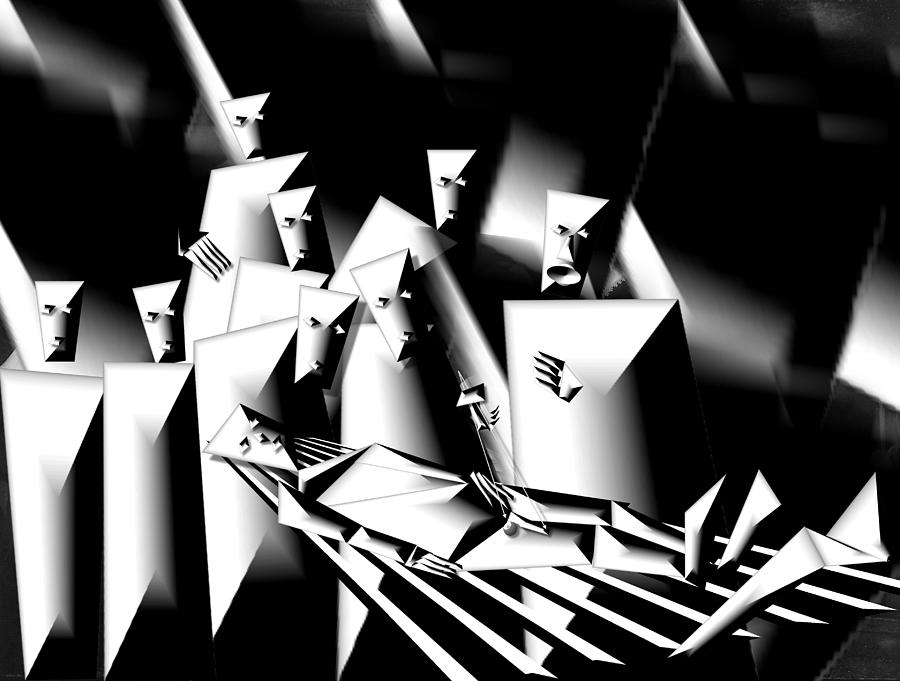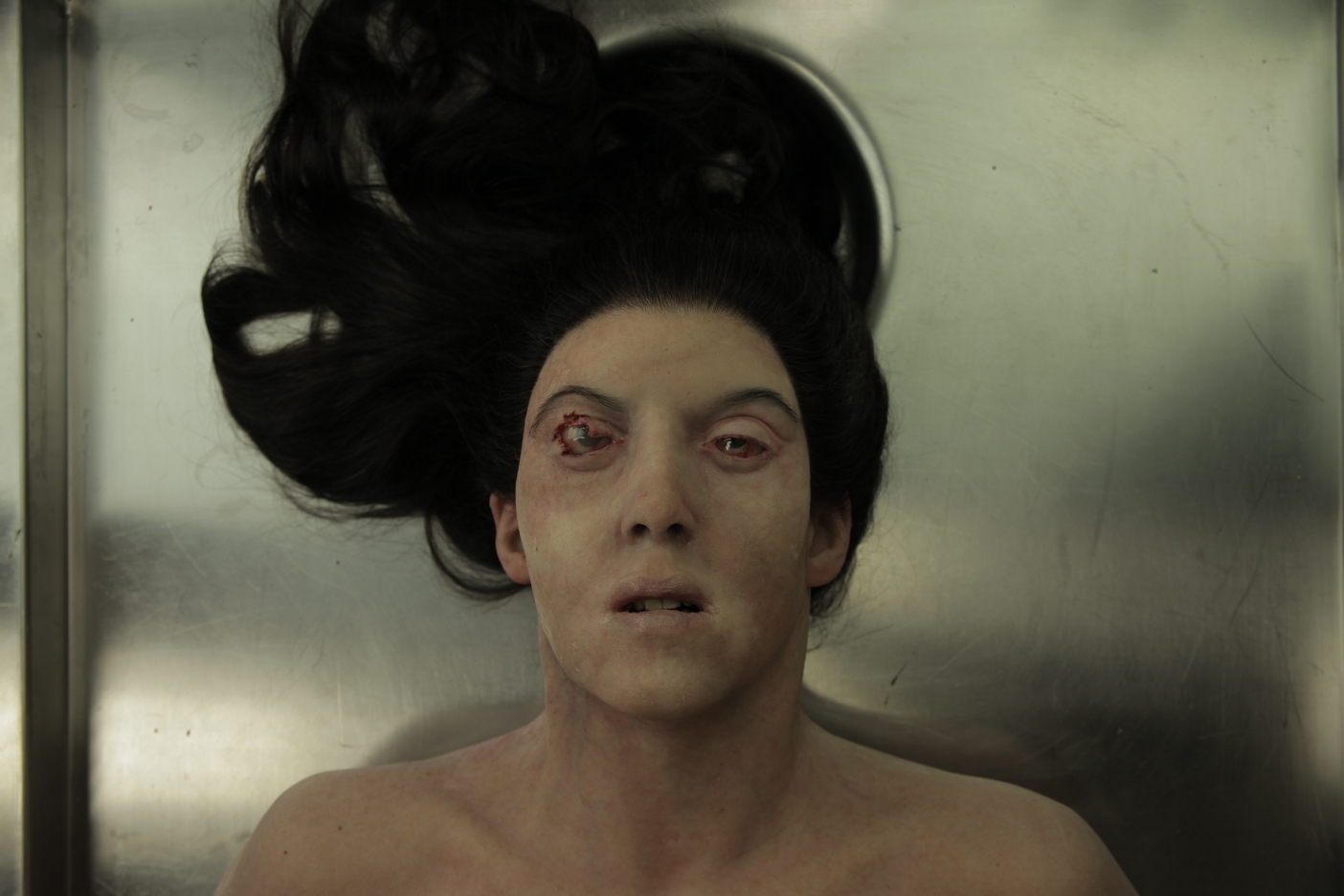Famous Autopsy Photos: A Deep Dive Into The Shadows Of History
Have you ever wondered what lies beyond the veil of death? Famous autopsy photos offer a glimpse into the mysteries that surround some of history’s most iconic figures. These images, though controversial, provide a unique perspective on how we remember the deceased and the legacy they leave behind. From political leaders to beloved celebrities, these photos are more than just morbid curiosities—they are historical artifacts that shape our understanding of the past.
Let’s be real, autopsy photos aren’t exactly something you’d want to scroll through during breakfast. But they’re undeniably intriguing. They spark debates about privacy, ethics, and the public’s right to know. These images capture moments frozen in time, revealing details that might otherwise remain hidden. Whether it’s the tragic death of a world-renowned figure or the mysterious passing of a cultural icon, these photos tell stories that continue to captivate and haunt us.
So, why do we find ourselves drawn to these morbid snapshots? Is it curiosity, fascination, or something deeper? In this article, we’ll explore the world of famous autopsy photos, shedding light on their significance, controversies, and the impact they’ve had on society. Buckle up, because we’re diving headfirst into the shadows of history.
Read also:Kendrick Lamar Domestic Violence The Truth Behind The Headlines
What Are Famous Autopsy Photos?
Famous autopsy photos refer to images taken during or after an autopsy of a well-known individual. These photos often become public due to their newsworthiness or historical importance. While some argue that these images are vital for transparency and investigation, others see them as an invasion of privacy. But hey, let’s face it—there’s something about these photos that keeps us glued to the screen.
Autopsies themselves are a fascinating blend of science and art. They’re essentially a detailed examination of the body to determine the cause of death. The photos captured during this process can reveal crucial information, from bullet trajectories to internal injuries. But beyond their investigative value, these images also serve as a reminder of mortality and the impermanence of life.
Why Do These Photos Matter?
Here’s the thing: famous autopsy photos matter because they often accompany high-profile cases that grab global attention. Whether it’s a celebrity death, a political assassination, or a mysterious disappearance, these images help piece together the puzzle. They’re not just random pictures—they’re pieces of history that tell stories we might never fully understand.
- They provide closure for families and the public.
- They offer insights into the cause of death and potential cover-ups.
- They spark conversations about ethics and the right to privacy.
The Controversy Surrounding Famous Autopsy Photos
Let’s talk about the elephant in the room: the controversy. Famous autopsy photos often walk a fine line between being educational and being exploitative. On one hand, they can be crucial for investigations and transparency. On the other hand, they can feel like a violation of someone’s dignity after death. It’s a debate that’s been raging for decades, and it’s not going away anytime soon.
Think about it: would you want your personal medical details splashed across the internet? Probably not. And yet, when it comes to famous individuals, we seem to have a different set of standards. The media plays a huge role in this, often prioritizing sensationalism over sensitivity. It’s a tricky balance, and one that raises important questions about our society’s values.
Legal and Ethical Implications
Legally speaking, the release of autopsy photos is heavily regulated in many countries. In the U.S., for example, these images are often considered confidential medical records. However, there are exceptions, especially in cases involving public figures or criminal investigations. Ethically, though, the lines are blurrier. What’s right and wrong can vary depending on cultural norms and personal beliefs.
Read also:Phoenix Ii Park Your Ultimate Getaway Destination
- Some argue that releasing these photos is necessary for accountability.
- Others believe it’s a gross violation of privacy.
- Then there are those who think it’s all about public interest versus personal dignity.
Top 5 Famous Autopsy Photos That Shook the World
Now, let’s dive into some of the most famous autopsy photos in history. These images have not only captured public attention but have also shaped how we view certain historical events. From JFK to Marilyn Monroe, here are five cases that left an indelible mark on society.
1. John F. Kennedy
The assassination of President John F. Kennedy in 1963 is one of the most infamous events in modern history. The autopsy photos from that tragic day have been the subject of countless conspiracy theories. Some believe the official narrative, while others claim the photos reveal a different story. Either way, these images continue to fascinate and polarize people to this day.
2. Marilyn Monroe
No list of famous autopsy photos would be complete without mentioning Marilyn Monroe. The iconic actress’s death in 1962 was ruled a suicide, but many have questioned the official findings. The autopsy photos, though never fully released to the public, have fueled speculation about foul play and hidden agendas. Monroe’s legacy lives on, but the mystery surrounding her death remains unsolved.
3. Elvis Presley
When the King of Rock and Roll passed away in 1977, the world was in shock. The autopsy photos revealed the toll that years of drug use had taken on his body. While some fans were devastated by the details, others found solace in knowing the truth. Elvis’s death marked the end of an era, but his music continues to inspire millions around the globe.
4. Princess Diana
The tragic death of Princess Diana in 1997 sent shockwaves around the world. The autopsy photos, though never officially released, were reportedly leaked to the media. These images sparked debates about the role of paparazzi in her death and the need for stricter privacy laws. Diana’s legacy as the “People’s Princess” endures, and her story remains a cautionary tale about the dangers of fame.
5. Whitney Houston
When Whitney Houston passed away in 2012, the world mourned the loss of a true musical legend. The autopsy photos revealed that drowning, combined with heart disease and cocaine use, was the cause of death. While some fans were devastated by the details, others found comfort in knowing the truth. Houston’s voice continues to inspire millions, but her untimely death serves as a reminder of the fragility of life.
The Role of Media in Shaping Public Perception
Let’s be honest: the media plays a massive role in how we perceive famous autopsy photos. From sensational headlines to graphic images, the way these stories are presented can shape public opinion in profound ways. But is this influence always positive? Not necessarily.
On one hand, the media can provide valuable information and context that might otherwise remain hidden. On the other hand, it can also sensationalize and exploit tragedies for clicks and views. It’s a delicate balance, and one that requires a lot of responsibility on the part of journalists and content creators.
How Autopsy Photos Are Used in Journalism
Autopsy photos are often used in investigative journalism to support claims or debunk rumors. They can provide concrete evidence in cases where the cause of death is unclear or disputed. However, they can also be misused, leading to misinformation and confusion. It’s important for journalists to approach these images with sensitivity and integrity, ensuring that they’re used responsibly and ethically.
Psychological Impact of Viewing Autopsy Photos
Now, let’s talk about the elephant in the room: the psychological impact of viewing autopsy photos. These images can be disturbing, to say the least. They can trigger a range of emotions, from sadness and anger to curiosity and fascination. But what does this say about us as a society?
Some experts argue that our fascination with death and the macabre is a natural part of human curiosity. Others believe it reflects a deeper need for control and understanding in the face of mortality. Whatever the reason, there’s no denying that autopsy photos have a profound impact on how we view death and the deceased.
Tips for Handling Autopsy Photos
If you find yourself drawn to these images, here are a few tips to help you process them in a healthy way:
- Set boundaries: Decide how much exposure you’re comfortable with and stick to it.
- Seek support: Talk to friends or professionals if you’re feeling overwhelmed.
- Stay informed: Educate yourself about the context and significance of the images.
The Future of Autopsy Photos
As technology advances, the way we view and interact with autopsy photos is likely to change. Virtual autopsies, for example, are becoming more common, offering a non-invasive alternative to traditional methods. This could reduce the need for invasive procedures and potentially minimize the release of sensitive images.
However, the ethical and legal challenges remain. As society continues to grapple with issues of privacy and transparency, the debate over autopsy photos is unlikely to fade anytime soon. The question is: how will we choose to navigate this complex landscape in the years to come?
Will Technology Change the Game?
Advancements in technology could revolutionize the way we approach autopsies and the photos that accompany them. Imagine a world where virtual autopsies become the norm, eliminating the need for invasive procedures and reducing the likelihood of sensitive images being leaked. While this scenario might seem far-fetched, it’s not entirely out of reach. The future of autopsy photos is uncertain, but one thing is clear: the conversation will continue.
Conclusion
Famous autopsy photos are more than just morbid curiosities—they’re historical artifacts that shape our understanding of the past. From JFK to Marilyn Monroe, these images tell stories that continue to captivate and haunt us. While they raise important questions about ethics and privacy, they also offer valuable insights into some of history’s most iconic figures.
So, what can you do? Start by educating yourself about the context and significance of these images. Set boundaries for how much exposure you’re comfortable with, and don’t hesitate to seek support if you’re feeling overwhelmed. Most importantly, engage in thoughtful conversations about the role of autopsy photos in society. Your voice matters, and together, we can shape a more informed and compassionate future.
Before you go, take a moment to share your thoughts in the comments below. What do you think about famous autopsy photos? Are they necessary for transparency, or do they cross a line? Let’s keep the conversation going!
Table of Contents
- What Are Famous Autopsy Photos?
- The Controversy Surrounding Famous Autopsy Photos
- Top 5 Famous Autopsy Photos That Shook the World
- The Role of Media in Shaping Public Perception
- Psychological Impact of Viewing Autopsy Photos
- The Future of Autopsy Photos
- Conclusion


